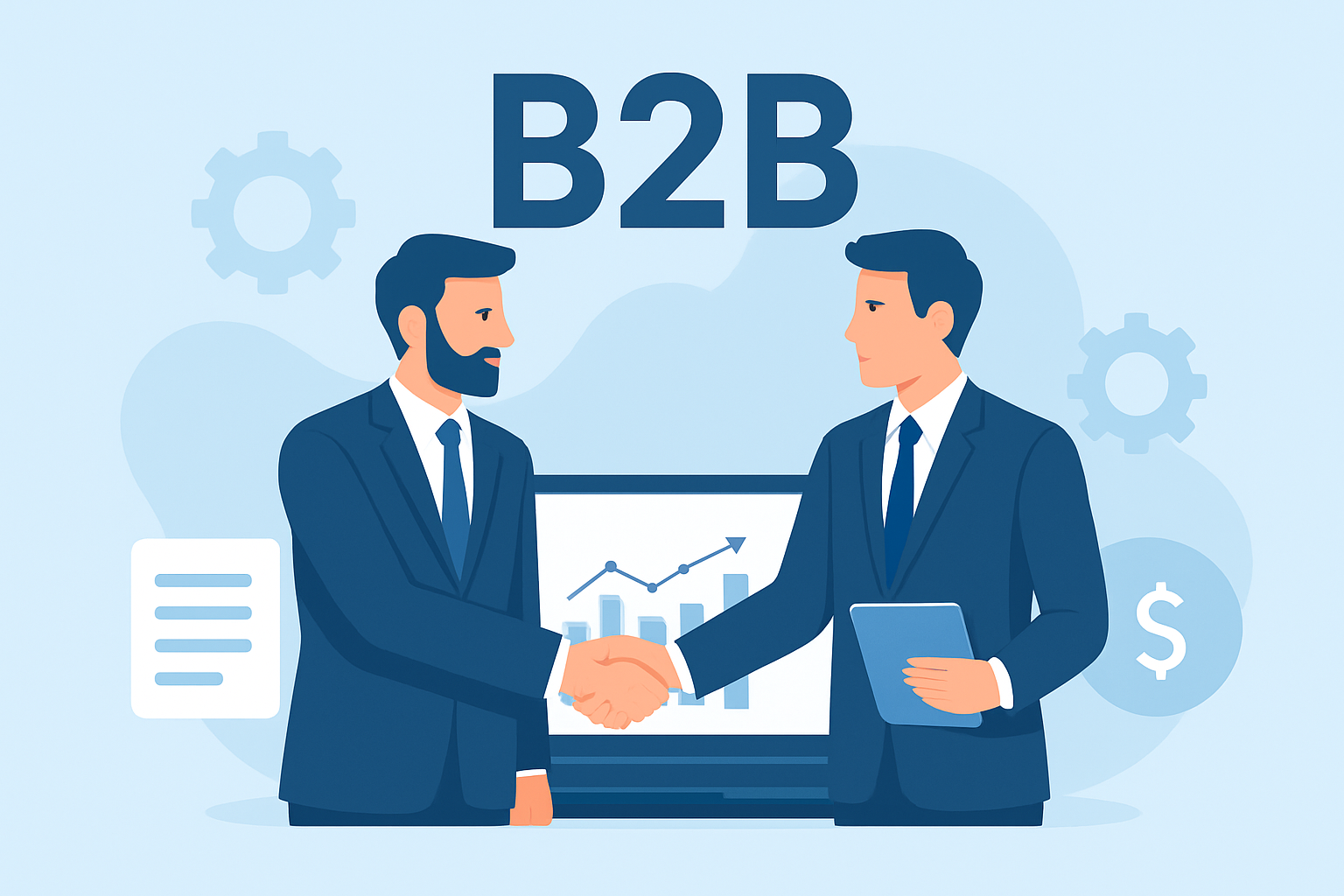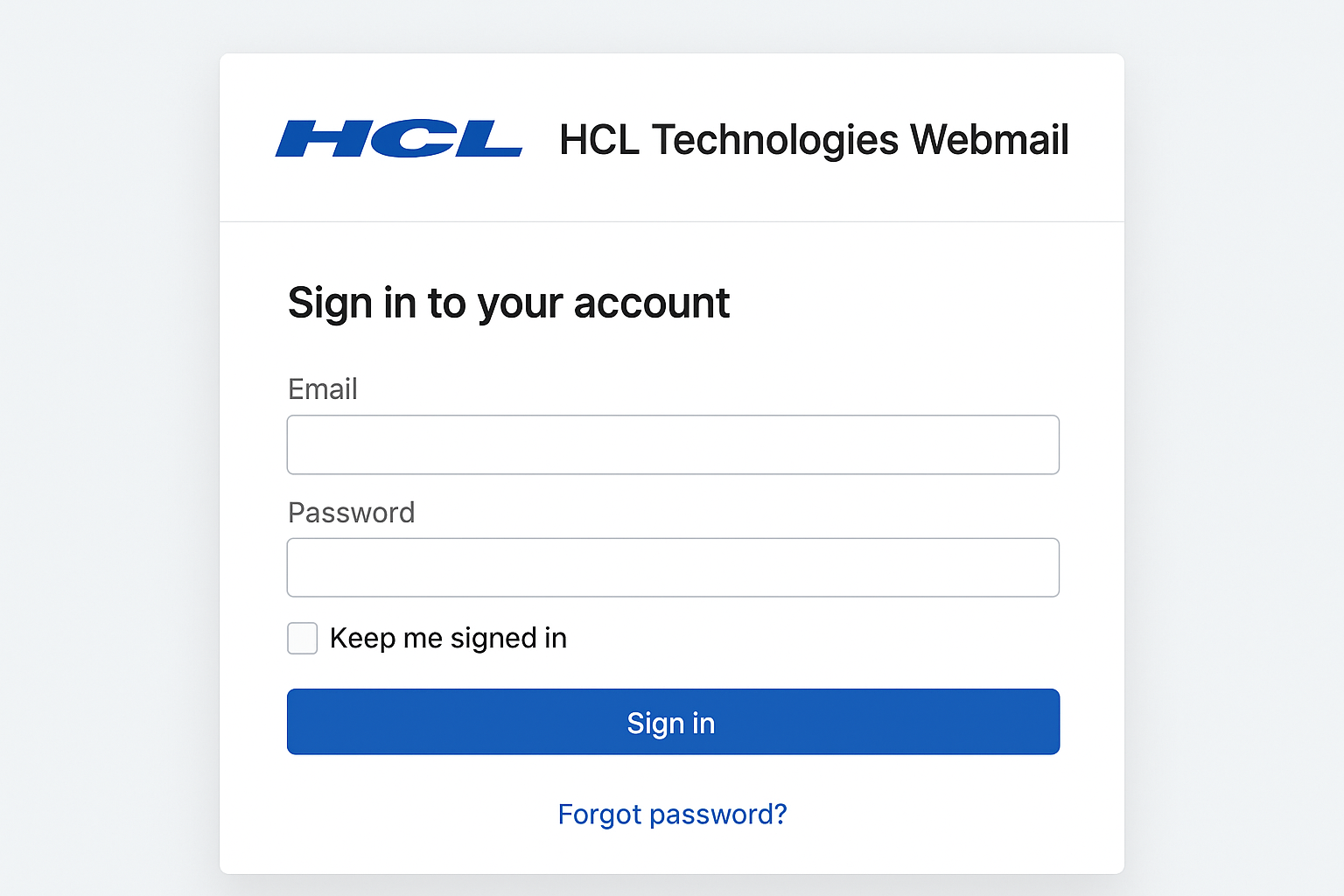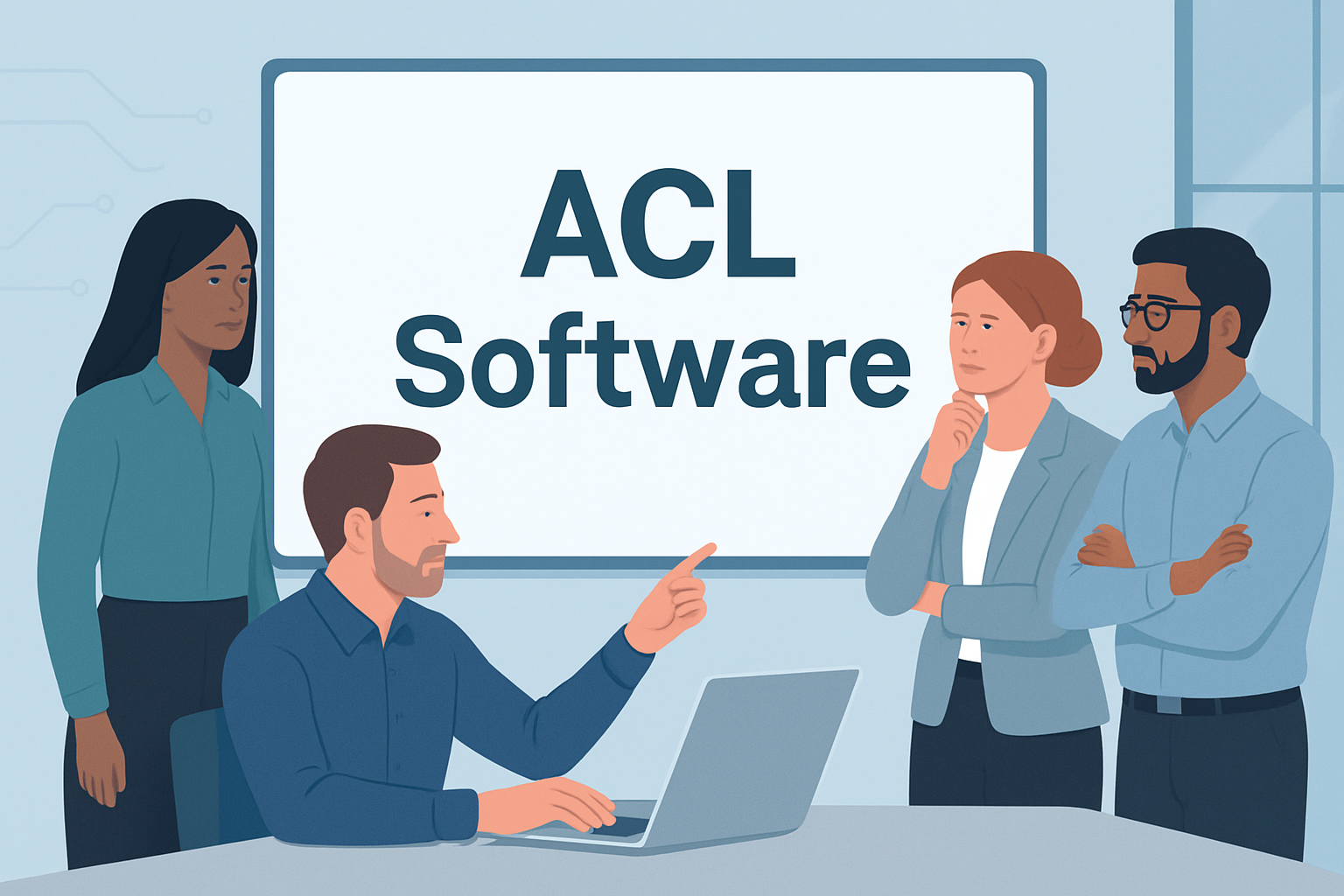In the digital age, a company’s front door is no longer made of glass and steel; it is a login portal, a sign-up form, or an application page. This open architecture of modern business has created unprecedented opportunity, connecting enterprises with customers and partners across the globe in an instant. Yet, this very openness is also its greatest vulnerability. Each new user onboarding, each new account creation, and each new transaction presents a critical moment of risk—a gateway through which bad actors can infiltrate, exploit, and plunder. The question is no longer if a business will be targeted by fraud, but when and how severely.
The traditional methods of defense, reliant on manual reviews and static rule-based systems, are crumbling under the weight and sophistication of modern cybercrime. These reactive approaches are like trying to bail water from a sinking ship with a thimble; they address the symptom after the breach has already occurred. The paradigm must shift from reaction to prevention. The new mandate for enterprises is to stop fraud before it has even a chance to start. This is where the powerful fusion of artificial intelligence and identity verification is rewriting the rules of engagement, creating an intelligent, impenetrable perimeter that identifies and neutralizes threats at the point of entry. For forward-thinking organizations, investing in advanced AI-powered ID checks is not just an IT upgrade; it is a fundamental strategic imperative for survival and growth in a hostile digital landscape. This is especially true when these solutions are deployed as sophisticated Business to Business Software, designed to integrate seamlessly into enterprise workflows.
The High Cost of Being Reactive: Why Old Models Are Failing
To understand the revolutionary impact of AI-powered checks, one must first appreciate the profound inadequacy of the systems they are replacing. Legacy identity verification methods typically fall into two categories, both of which are deeply flawed in the current threat environment.
1. The Manual Review Quagmire:
This process involves human agents physically inspecting scanned documents—such as driver’s licenses, passports, or utility bills—and comparing them to user-submitted information. The drawbacks are immense:
-
Scalability Nightmare: As a business grows, its volume of verifications grows. Scaling a team of human agents linearly with user growth is cost-prohibitive and operationally inefficient.
-
Human Error and Fatigue: An agent reviewing hundreds of documents per day is prone to fatigue, leading to missed details. A sophisticated fake, or even a mediocre one on a busy Friday afternoon, can easily slip through.
-
Slow Onboarding: In an era of instant gratification, a verification process that takes hours or days is a conversion killer. Customers abandon processes that are not frictionless, leading directly to lost revenue.
-
Inconsistency: Different agents may apply standards slightly differently, leading to an inconsistent user experience and potential security gaps.
2. Rigid Rule-Based Systems:
These automated systems use a set of “if-then” rules. For example, “IF the user’s IP address is in a high-risk country, THEN flag for review.” Or, “IF the data on the ID does not match the credit bureau data, THEN reject.”
-
Easily Gamed by Fraudsters: Once criminals reverse-engineer the rules, they can easily adapt their methods to bypass them. The system is static, while the threat is dynamic and adaptive.
-
High False-Positive Rates: These systems are notoriously blunt instruments. They often flag large numbers of legitimate customers for review, creating friction for good users and bogging down operations teams with unnecessary work.
-
Lack of Nuance: They cannot detect the subtle, complex patterns that indicate sophisticated synthetic identity fraud—where real and fake information are combined to create a new, fraudulent identity.
The financial impact of these failures is staggering. According to various industry reports, fraud costs the global economy trillions annually. This includes direct financial losses, regulatory fines, legal fees, and the immense, often overlooked, cost of lost customer trust and brand degradation. A single major breach can erase decades of brand equity in a matter of days.
The AI-Powered Paradigm: From Static Defense to Intelligent Perimeter
AI-powered identity verification represents a quantum leap from these outdated models. Instead of looking for known, predefined signs of fraud, AI systems learn what legitimate behavior and authentic documents look like, allowing them to identify anomalies and sophisticated forgeries that would be invisible to the human eye or a rules engine.
The core of this technology lies in several interconnected AI disciplines:
1. Computer Vision and Document Authenticity:
At the most fundamental level, AI excels at analyzing the visual characteristics of identity documents. This goes far beyond checking if a photo is clear.
-
Fraudulent Document Detection: AI models are trained on millions of genuine and fake IDs from around the world. They can detect micro-print inconsistencies, font anomalies, and subtle variations in holograms and color patterns that are imperceptible to humans.
-
Spoof Detection: The system can identify if someone is presenting a photo of an ID on a screen, or a printed copy, rather than the physical document itself, by analyzing light reflections, pixelation, and moiré patterns.
-
Data Extraction and Cross-Referencing: Using Optical Character Recognition (OCR) enhanced by AI, the system instantly and accurately pulls data from the document—name, date of birth, document number—and cross-references it for internal consistency and against external databases.
2. Biometric Analysis and Liveness Detection:
Verifying the document is only half the battle; you must also verify that the person presenting it is its legitimate owner and is physically present.
-
Facial Recognition: The user takes a selfie, which the AI compares to the photo on the ID document. Advanced neural networks perform this match with astonishing accuracy, even accounting for aging, changes in facial hair, or different lighting conditions.
-
Liveness Detection: This is the critical component that prevents spoofing using masks, deepfakes, or pre-recorded videos. The AI does not just analyze a static photo; it prompts the user to perform a series of random actions (e.g., “blink your eyes,” “turn your head left”). It then analyzes the video stream to confirm the presence of natural micro-movements, blood flow patterns (a technique called photoplethysmography), and 3D depth to ensure it is a live person.
3. Behavioral and Contextual Analytics:
The most sophisticated AI systems don’t operate in a vacuum. They analyze the entire context of the verification attempt in real-time.
-
Device Fingerprinting: The system analyzes the device being used—its hardware, software, installed fonts, and even its clock settings—to create a unique “fingerprint.” It can then see if this device has been associated with previous fraudulent activity.
-
Network and Behavioral Biometrics: It can analyze how the user interacts with the interface—their typing speed, mouse movements, and touchscreen gestures. These behavioral patterns are often unique and difficult for bots to mimic perfectly.
-
Velocity Checks: The AI can monitor for suspicious patterns across the entire platform, such as a single IP address attempting to verify dozens of accounts in a short period, a classic sign of a coordinated fraud attack.
The power of this AI-driven approach is its unification into a single, powerful Business to Business Software platform. This isn’t a collection of disjointed tools; it’s a cohesive system where the computer vision module informs the biometric analysis, and the contextual analytics layer provides a risk score that influences the entire process. This creates a dynamic, intelligent, and adaptive defense system.
The B2B Imperative: Integrating AI Verification into Enterprise Ecosystems
The true value of AI-powered ID checks is realized when it is deployed not as a standalone tool, but as an integrated component of a company’s core operational and security infrastructure. This is the domain of specialized Business to Business Software , built for scalability, security, and seamless integration.
Key Integration Points for B2B Software:
-
Customer Onboarding and KYC/AML Compliance: In sectors like banking, fintech, and cryptocurrency, “Know Your Customer” (KYC) and Anti-Money Laundering (AML) regulations are non-negotiable. AI-powered ID checks automate and enhance this process, ensuring compliance while delivering a smooth user experience. The software can be configured to meet specific regulatory requirements for different jurisdictions, a critical feature for global businesses.
-
E-commerce and Payment Fraud Prevention: During checkout, every second counts. Integrated AI verification can be triggered for high-risk transactions—such as those with a high value, a new shipping address, or originating from a suspicious IP—to confirm the user’s identity in seconds, preventing account takeover (ATO) and fraudulent purchases without introducing disruptive friction for the vast majority of legitimate customers.
-
Secure Employee and Partner Access: The principle of “Zero Trust” security mandates verifying every access attempt. AI-powered ID checks can be used for secure remote employee logins, granting partners access to sensitive portals, or physically entering secure facilities. This moves security beyond simple passwords, which are easily stolen, to a foundation of strong, biometric-based identity.
-
Sharing Economy and Gig Economy Platforms: For companies like Uber, Airbnb, or freelance marketplaces, verifying the identity of both service providers and consumers is fundamental to building trust and ensuring safety. AI verification ensures that a driver, tenant, or freelancer is who they claim to be, protecting all parties involved and safeguarding the platform’s reputation.
The architecture of this Business to Business Software is designed for the enterprise. It offers robust APIs (Application Programming Interfaces) and SDKs (Software Development Kits) that allow a company’s development team to embed the full power of AI verification directly into their own mobile apps and websites. The best platforms offer a dashboard for administrators to monitor verification metrics, adjust risk thresholds, and access audit trails for compliance reporting. This makes the powerful Business to Business Software not just a security tool, but a managerial one.
Quantifiable Benefits: The ROI of Proactive Fraud Prevention
Adopting a sophisticated AI-powered verification system is a significant investment, but the return on investment (ROI) is substantial and multi-faceted.
-
Drastic Reduction in Fraud Losses: This is the most direct benefit. By stopping fraudulent account creation, fake transactions, and account takeovers at the source, companies see an immediate and dramatic drop in direct financial losses.
-
Operational Efficiency and Cost Savings: Automating the vast majority of verification decisions liberates human agents from the tedium of manual reviews. These highly skilled employees can then be redeployed to handle only the most complex, edge-case scenarios that the AI flags for human oversight, thereby optimizing the entire security operation’s cost structure.
-
Enhanced Customer Trust and Conversion Rates: A secure platform is a trusted platform. Users are more likely to transact with a business they believe is safe. Furthermore, a frictionless, fast verification process for legitimate users reduces onboarding abandonment. The AI ensures that good users get through quickly, while fraudsters are blocked—optimizing the user experience for revenue generation.
-
Regulatory Compliance and Risk Mitigation: The consequences of non-compliance with KYC/AML regulations can be devastating, including massive fines and license revocations. An AI-powered system provides a demonstrable, audit-ready trail of robust verification efforts, significantly reducing regulatory risk.
-
Future-Proofing the Business: The AI models at the heart of this Business to Business Software are continuously learning. As fraudsters develop new tactics, the system adapts and evolves, ensuring that a company’s defenses are not static but are constantly improving. This creates a durable competitive advantage.
The Future is Now: Beyond Basic Verification
The evolution of AI-powered ID checks is already moving into even more advanced territories. We are seeing the emergence of:
-
Decentralized Identity and Self-Sovereign Identity (SSI): Where users hold and control their own verified credentials (e.g., a digital driver’s license), presenting them to businesses without revealing unnecessary personal data. AI will play a key role in issuing and verifying these credentials.
-
Continuous Authentication: Instead of a one-time check at login, systems will continuously monitor user behavior throughout a session. If the behavioral biometrics deviate significantly from the established norm (suggesting a different person has taken over the session), the system can require re-authentication.
-
Predictive Risk Modeling: By combining identity data with broader behavioral analytics, AI will be able to predict the likelihood of a user being a future fraud risk, allowing for proactive risk management strategies.
Conclusion: An Investment in Trust and Growth
The digital frontier is no longer a lawless wild west. It is a sophisticated economy where trust is the most valuable currency. Companies that fail to protect their gates with the most advanced technology available are not just risking financial loss; they are risking their very relevance.
Stopping fraud before it starts is no longer a aspirational goal; it is an achievable reality through AI-powered ID checks. By deploying this technology as a core piece of their Business to Business Software stack, enterprises can build a dynamic, intelligent, and impenetrable defense system. They can shift from a posture of constant reaction and damage control to one of confident, proactive prevention. In doing so, they do more than just secure their assets; they build the foundational trust upon which lasting customer relationships and sustainable growth are built. The question for Business to Business Software is no longer if they can afford to implement such a system, but how they can afford not to.

















